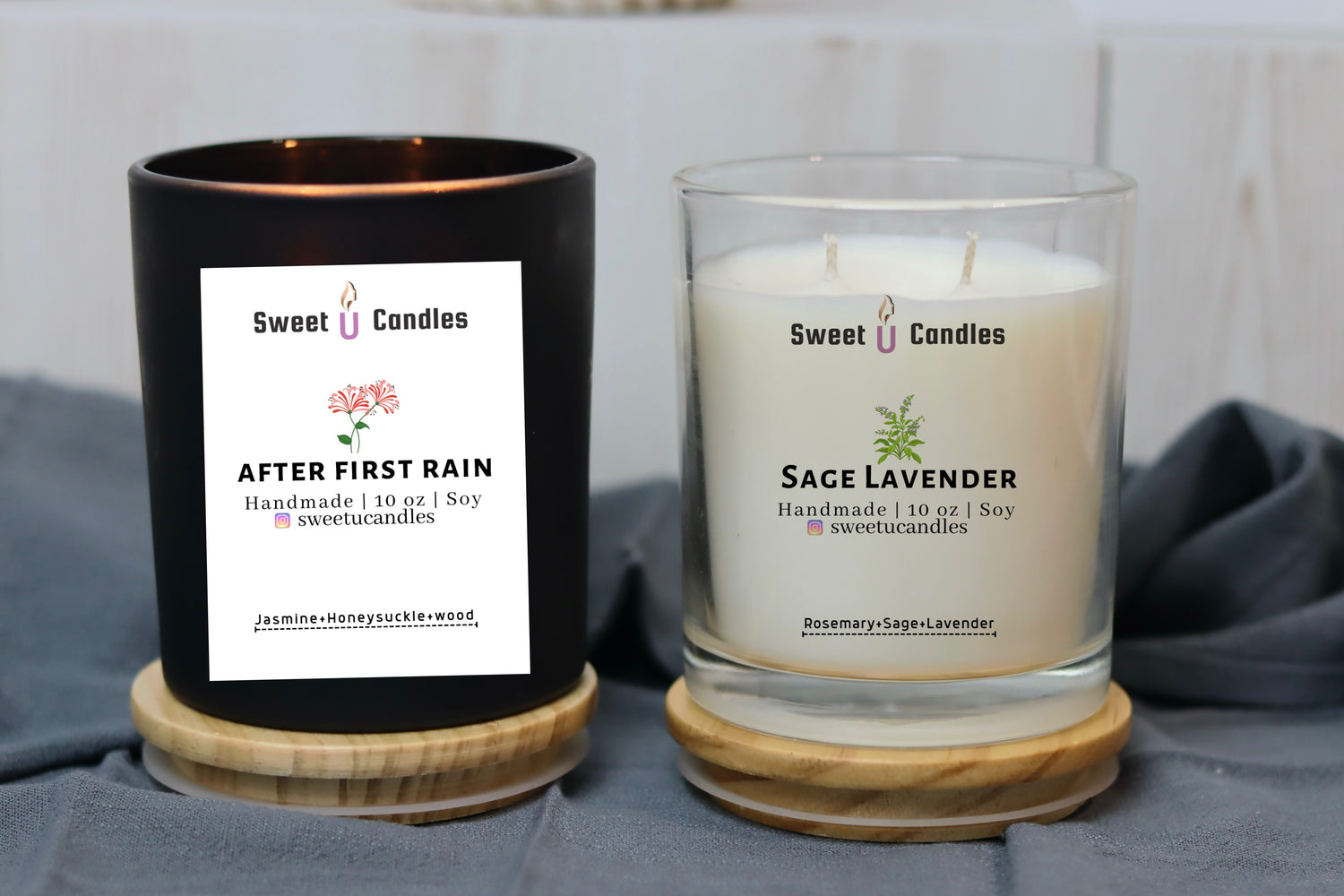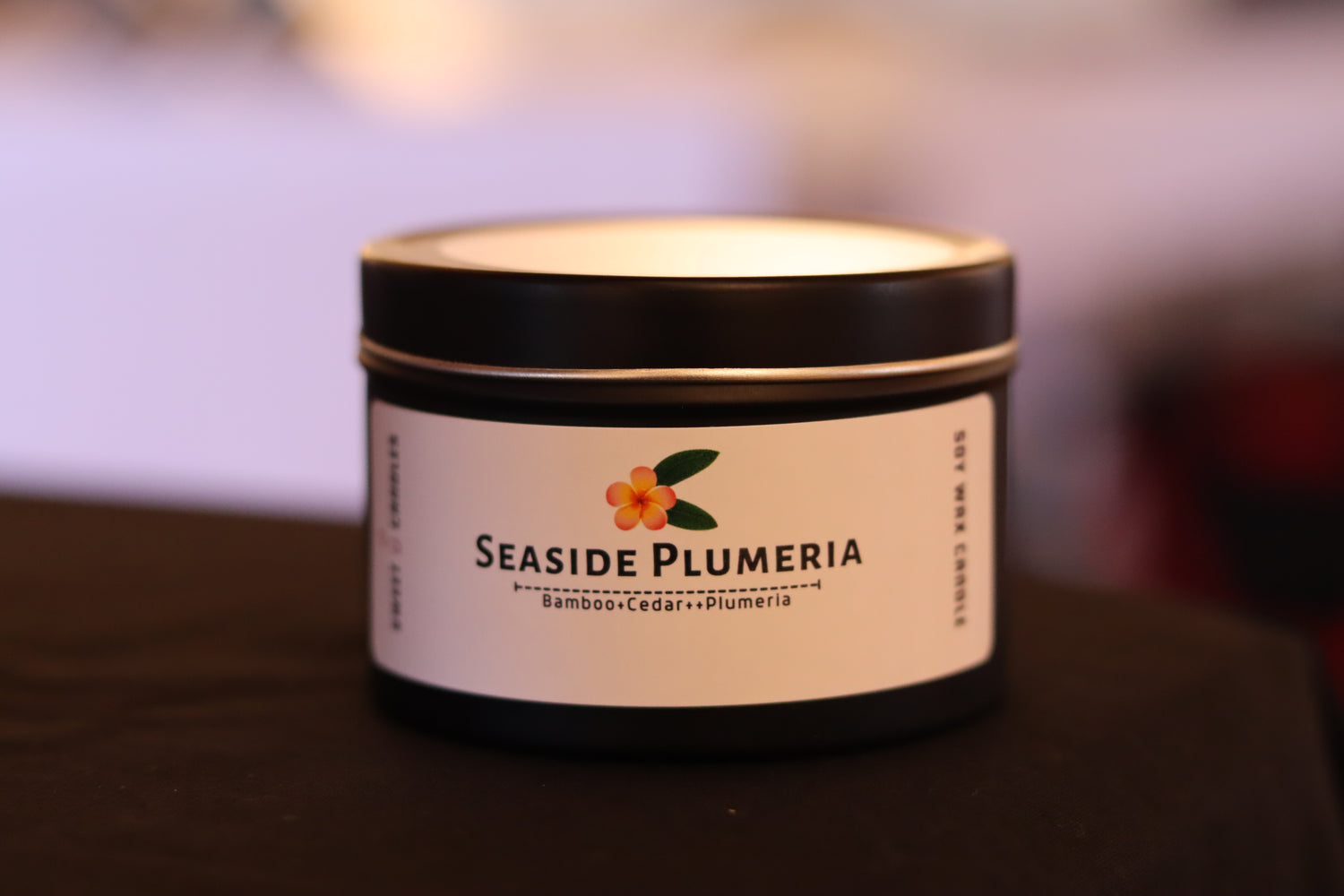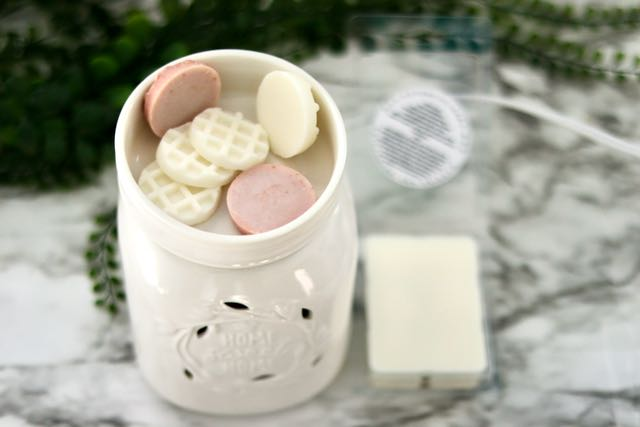The art of candle crafting has witnessed significant evolution, with the introduction of the Alex Technique standing out as a revolutionary method. This guide delves into the nuances of this method, shedding light on its potential to transform soy candle production. By the end of this comprehensive exploration, you'll have a profound understanding of the method's intricacies and how it could redefine your candle-making journey.
Journey Through Candle Craftsmanship
Candle creation is a meticulous fusion of aesthetic pleasure and scientific precision. Each step, from selecting the wax to infusing scents, contributes to crafting a candle that not only illuminates spaces but also elevates moods. In the realm of modern candle-making, practitioners are akin to alchemists, blending waxes, wicks, and oils to concoct the ultimate sensory delight.
Tracing the Roots of Candle Crafting
Traversing through time, candles have transformed from basic illumination tools to complex objects of desire. With the advent of diverse waxes, each with its distinct burning properties and affinities to fragrances, the act of candle making has become an intricate dance of elements.
Fragrance: The Soul of the Candle
The essence of a candle lies in its ability to disperse captivating aromas that can transport one to distant memories or dreams. Achieving this olfactory magic is a delicate process, a testament to the candle maker's skill in marrying fragrance with wax.
Unpacking the Alex Technique
Central to the conversation around soy candle making is the temperature at which the wax is prepared. The Alex Technique proposes a distinct departure from conventional methods, advocating for a lower temperature approach.
The Fundamentals of the Alex Technique
Originating from the experts at Nature's Fragrance, the Alex Technique is a specific approach to soy wax that recommends heating it just enough to melt, no further than 150°F. This method is designed to retain the fragrance's full bouquet and expedite the production process.
A Detailed Walkthrough of the Alex Technique
To implement the Alex Technique, one must follow these steps:
- Wax Preparation: Gently heat soy wax until it reaches a molten state, ensuring the temperature remains below 150°F.
- Enhancements: Upon achieving a liquid state, remove the wax from heat, introduce fragrance oil and dyes, and stir to achieve a homogenous blend.
- Creating Wax Melts and Candles: For wax melts, proceed to pour immediately. For candles, pause until the wax exhibits a cloudy appearance before pouring into vessels.
- Completing the Pour: Once cloudiness is achieved, stir once more for consistency and pour to form the candles.
Optimal Temperatures for Fragrance Infusion
Below is a curated table indicating the suggested temperatures for integrating fragrance oils with various waxes:
| Wax Type | Temperature to add fragrance oils (max temperature to heat wax) |
|---|---|
| Soy | 185°F – 200°F (85°C – 93°C) |
| Paraffin | 185°F – 200°F (85°C – 93°C) |
| Palm | 200°F – 205°F (93°C – 96°C) |
| Coconut | 200°F – 205°F (93°C – 96°C) |
| Beeswax | 150°F – 160°F (66°C – 71°C) |
These temperatures are standard within the industry to ensure fragrance oils are well-incorporated into the wax, contrasting with the lower heat approach of the Alex Technique.
The Discourse on the Alex Technique
The crux of the debate around the Alex Technique involves whether the reduced temperature it advocates can truly facilitate proper fragrance oil incorporation and wax crystallization. Critics argue that this method may lead to fragrance concentration issues and surface imperfections in the final candle product.
The Alchemy of Wax and Fragrance
A deep dive into the chemistry of wax and its interaction with fragrance oils is paramount to understanding the impact of the Alex Technique.
Understanding Wax Dynamics
As wax is heated, it expands, allowing for the incorporation of fragrance oils, and as it cools, it contracts, securing the fragrance within its structure. The concern with the Alex Technique is whether the cooler temperatures are sufficient for the wax to expand adequately, ensuring the fragrance is evenly distributed throughout.
The Cruciality of Homogenous Fragrance Distribution
Uniform fragrance distribution is pivotal for a consistent scent throw and to avert the formation of combustible fragrance pockets. It also plays a role in the aesthetic appeal of the candle, as it can prevent issues such as oil separation and surface sweating.
The Scientific Angle on the Alex Technique
The Alex Technique posits that fragrances maintain their integrity better when not subjected to high heat. However, detractors point out that without adequate heat, the wax may not fully expand, resulting in the aforementioned complications.
Pros and Cons of the Alex Technique
The Alex Technique, while innovative, presents both potential advantages and challenges to candle makers.
Benefits of the Alex Technique
- Efficiency: By heating wax to a lower temperature, the candle-making process can be expedited.
- Fragrance Conservation: The technique suggests that lower temperatures may better preserve the complexity of the fragrance notes.
Challenges Posed by the Alex Technique
- Fragrance Integration: There is a risk that the fragrance oil may not fully blend with the wax, leading to safety concerns and an inconsistent scent profile.
- Surface Irregularities: Candles may not achieve a smooth surface if the wax does not fully expand, potentially resulting in an uneven appearance.
Dispelling Fragrance Myths in Candle Making
The candle-making community often debates whether high heat negatively impacts fragrance oils. Let's separate myth from fact.
Fragrance Oils: Heat Tolerance and Evaporation
Most fragrance oils are engineered to endure the temperatures encountered in candle crafting. It's not the heating but the evaporation that releases a candle's fragrance when lit.
Integrating Fragrance at Lower Temperatures
While it's possible to blend fragrance into cooler wax, it demands greater effort to ensure even distribution. This challenge arises from the microcrystalline nature of wax, which requires heat to break down and properly merge with the fragrance.
Mastering Fragrance Integration
Adhering to best practices is key to achieving a superior fragrance-wax blend, regardless of the method employed.
Fundamental Techniques for Fragrance Addition
- Thorough Stirring: Ensure the fragrance oil is evenly dispersed by stirring the wax mixture for a minimum of two minutes.
- Complete Wax Melting: The wax should be thoroughly melted and brought to the recommended temperature before adding any fragrance.
- Steady Stirring: Maintain consistent stirring during the melting process to avoid hot spots and guarantee uniform heating.
- Following Manufacturer Instructions: Heed the wax manufacturer's recommended temperatures based on their product's unique composition.
Embracing the Alex Technique in Candle Making
The Alex Technique encourages candle makers to critically evaluate their processes and explore new methodologies. While offering intriguing benefits, it also presents risks that must be carefully weighed. Candle making is a continuous experiment, a journey of discovering the methods that resonate with your vision and result in a delightful, safe, and aromatic product.
In summation, whether you are an established candle maker or a novice, understanding the relationship between wax, fragrance, and temperature is essential for crafting quality candles. The Alex Technique, with its lower temperature stance, provides an alternative approach that highlights the importance of this relationship. By integrating this knowledge with established best practices and an experimental mindset, you can illuminate spaces not just with light, but with the enchanting power of fragrance.




